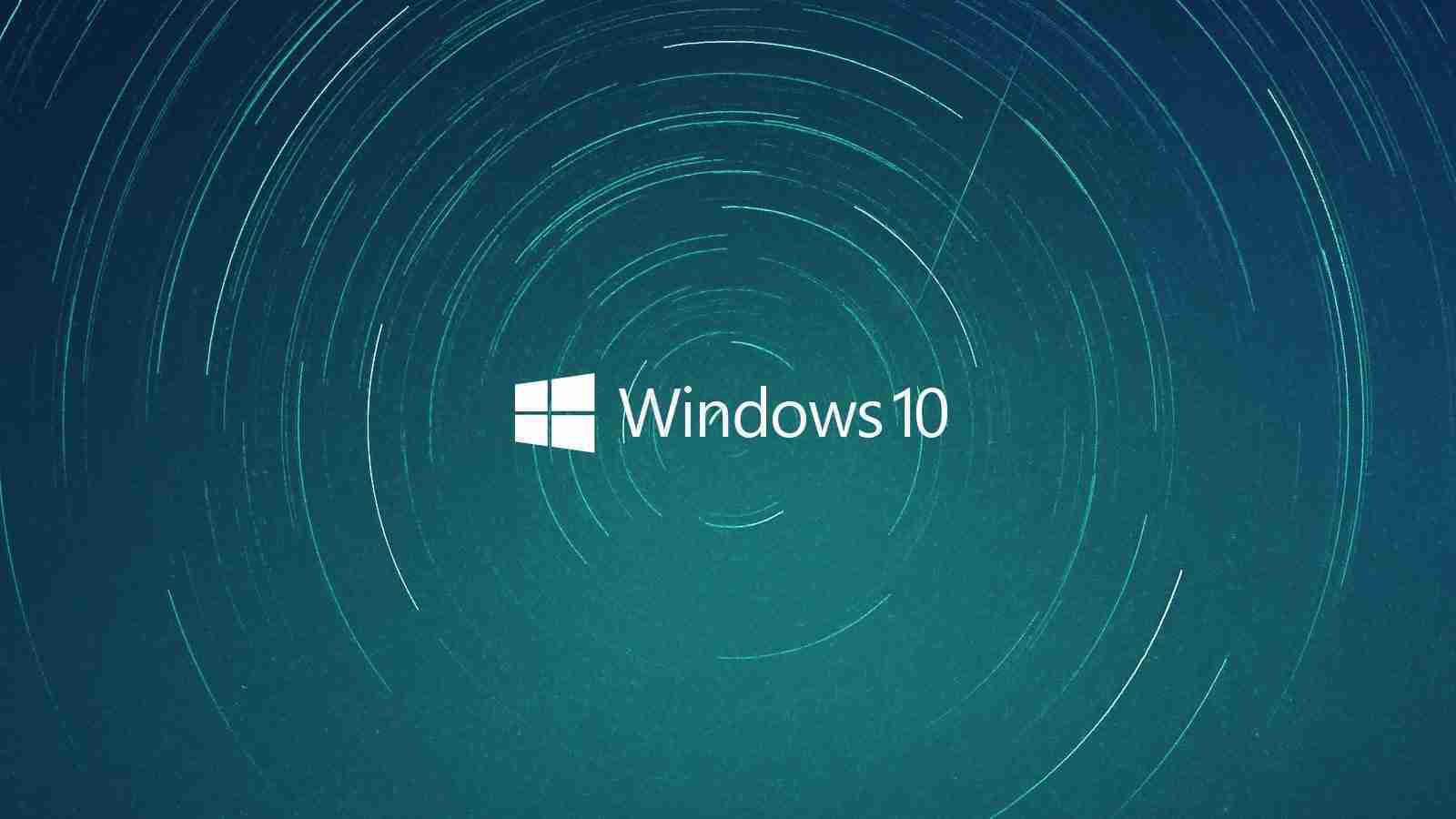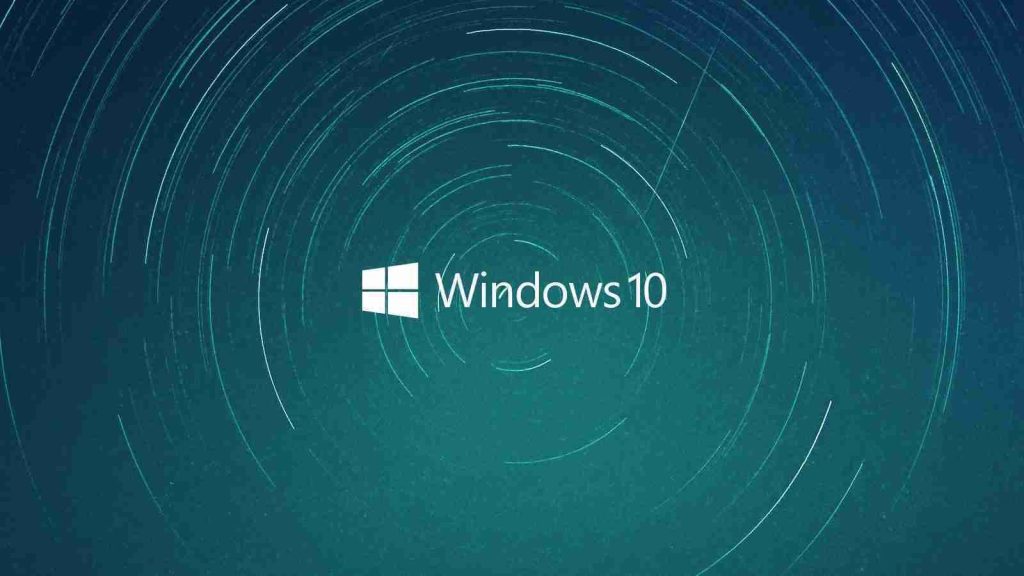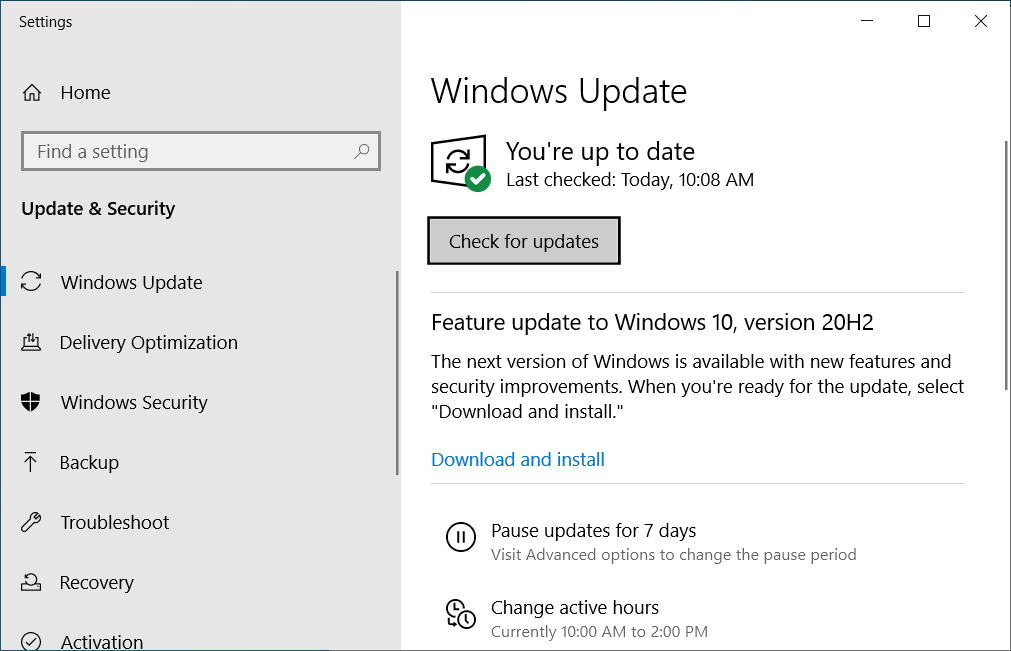KEEP IN TOUCH
Subscribe to our mailing list to get free tips on Data Protection and Cybersecurity updates weekly!







Windows 10, version 20H2 has entered the broad deployment phase and will be offered to all devices not configured to defer feature updates or affected by compatibility holds.
Microsoft has recently removed the last remaining Windows 10 upgrade blocks after addressing known issues affecting systems with Conexant or Synaptics devices causing errors and problems when updating to Windows 10 2004 or 20H2.
“Windows 10, version 20H2 is designated for broad deployment,” the company says in a Windows Health dashboard status update. “The recommended servicing status is Semi-Annual Channel.”
Microsoft officially started rolling out Windows 10 20H2 (aka the October 2020 Update) in October 2020, but for many people, it might not have been being offered when checking via Windows Update until now.
This is because, when Windows Feature Updates are first released, they enter targeted deployment to allow testing the quality of the build on targeted machines.
“Targeted deployment refers to the phase immediately following the release of a new Windows version when it is recommended to conduct your organization’s piloting process and to begin deployments to select devices, such as those with the most modern chipsets and capabilities,” Microsoft explains.
Once Microsoft determines that a version is ready for deployment on most Windows 10 devices, they move it to “broad deployment,” the next deployment phase.
Also Read: Considering Enterprise Risk Management Certification Singapore? Here Are 7 Best Outcomes

According to the Windows 10 Health Dashboard, the only known issues affecting Windows 10 20H2 at the moment are causing a high-pitched noise when using 5.1 audio with certain settings and Furigana automatic input not working as expected.
In both cases, Microsoft is working on a resolution that will be provided as part of an upcoming release.
Now all devices can be updated to Windows 10 20H2 via Windows Update since Microsoft has already removed all compatibility holds that would block the upgrade due to hardware issues.
If you are not offered the Windows 10 20H2 update via Window Update, you can still use the Media Creation Tool to upgrade immediately.
You can use this guided walk-through or this update problem troubleshooter to work around Windows 10 installation errors if needed.
Microsoft is now allowing seekers with Windows 10 2004 and higher to upgrade to Windows 10 21H1 (aka the May 2021 Update), the version just released on Thursday.
Seekers are customers who are manually seeking to update to the latest Windows 10 version by clicking “Check for updates” via Windows Update.
The May 2021 Update is also available to enterprise customers through Windows Server Update Services (including Configuration Manager), Windows Update for Business, and the Volume Licensing Service Center (VLSC).
“Customers running either Windows 10, version 2004 or version 20H2 who choose to update to the new release will have a fast installation experience because the update will install like a monthly update,” Microsoft says.
Also Read: PDPA Singapore Guidelines: 16 Key Concepts For Your Business
Microsoft adds that it’s also “slowly throttling up availability over the coming weeks to ensure a reliable download experience.”
Redmond is planning to launch the Windows 10 21H2 update with a user interface refresh codenamed “Sun Valley” during the fall of 2021.
If you’re running older Windows 10 versions, you are strongly encouraged to update to a newer release to continue receiving timely security updates.